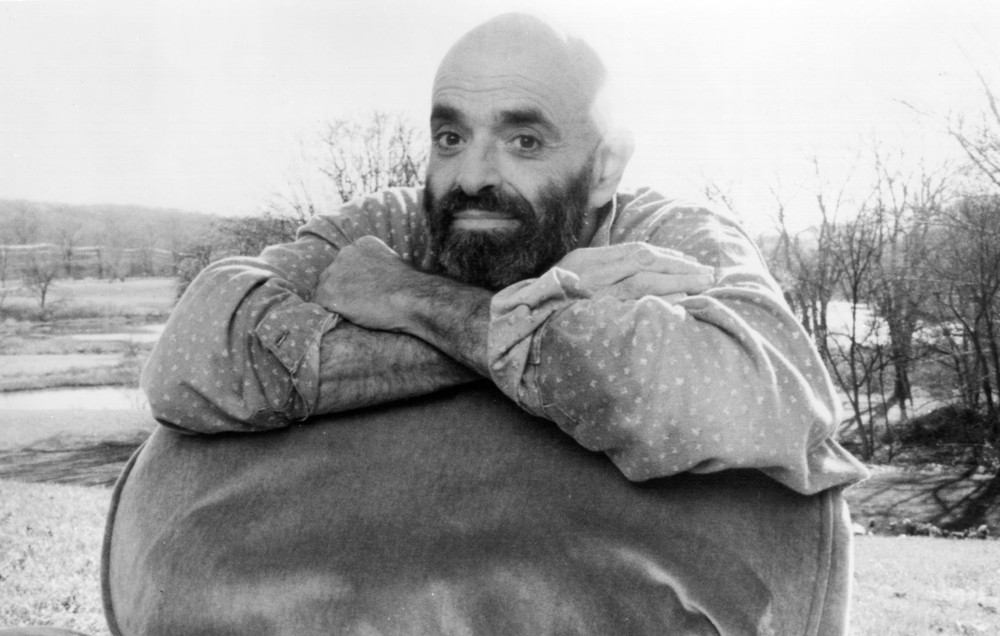I vaguely remember story time in 3rd grade — my teacher would put a book under the beloved Elmo and narrate, word-by-word, stories of alternate realities, morals, and other silly things. One such story, “The Giving Tree,” was unusually hard-hitting, and its theme of exploiting friendships was unique, unlike the happy endings so frequently featured in young literature. This new interest is what dragged me into a love for Shel Silverstein short stories.
Picture going to college only to be kicked out for having bad grades, then attending art school only to be drafted into the military. Then, writing wildly successful children’s poems with mature concepts like anxiety, depression and isolation, only for them to be banned and then unbanned in schools across the country. Then, you pass away from an abrupt heart attack. Not too fun, right?
The aforementioned storyline, one of despair and constant struggle, is a surface-level recounting of Shel Silverstein’s life. The difficulties Silverstein faced earlier in his life heavily inspired many of the works he later published.
Ever since the bulk of Silverstein’s stories were released in the late 1980s, there has been a movement to ban many of Silverstein’s classics. The movement, driven by conservative parents and administrators who cite reasons like “dark themes,” “suicidal thoughts” and “depression-inducing content” to remove the books off the shelf, has faced increasing scrutiny in recent years as educators take a more realist approach to child development.
According to Kylie Weist of The Deadline, “[Silverstein] tackles things like death, depression, anxiety, being weird, and yes, the need to rebel. These are things that other children’s books tend to shy away from or tackle strategically. However, Shel keeps things real and raw, yet still in the format of a children’s book. He often chose not to make his endings happy, so that children wouldn’t wonder why they weren’t as what the books they were reading were.”
Fundamentally, the stigma surrounding mental health is what’s causing these classics to be left off the shelves. What critics fail to realize is that the more visibility schools and students have on mental health, the easier it will be to combat these issues, especially as workloads get more overwhelming for students in later education.
As leaders of the next generation, children need to know and understand the negative events that happened throughout history and be exposed to a variety of different perspectives.
To me, tales with unhappy endings are the best. That’s why I’ve read loads of Shel Silverstein: compilations of poems in “Where the Sidewalk Ends,” “A Light in the Attic” and “Everything on It” were some classics I dove into.
As the years go by, let’s hope sanity prevails. The ongoing backlash against Silverstein’s poems is nothing short of offensive and shortsighted. These poems should continue to inspire children to formulate their own, independent opinions on relevant topics later in life.




























